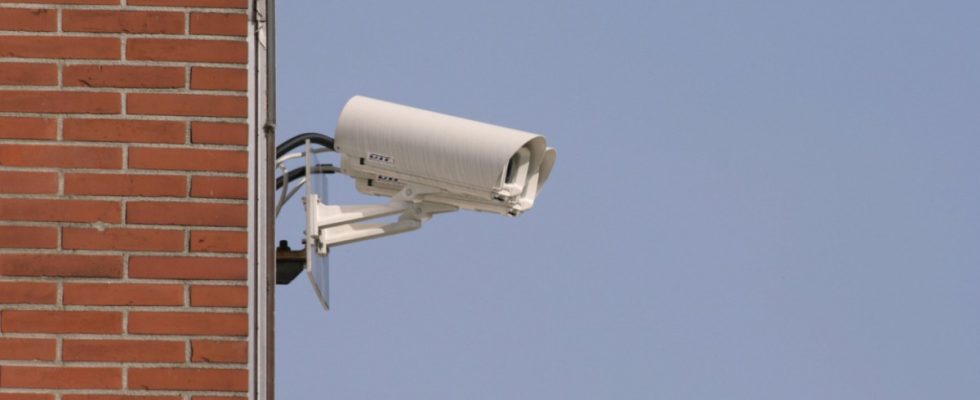Some people enjoy making films and distributing them so much that they make this passion their job: there are influencers who show themselves in their homes and give furnishing tips. But what if a homeowner finds out that the owner of the house next door filmed him having a barbecue on the patio? Cases like these can quickly end up in court.
Owners are generally permitted to monitor their family home or property with a camera. After all, there can be good reasons for doing so – such as protection against burglars or graffiti sprayers who are only out to deface a building. But you should make sure that the camera only captures your own terrain. Paths or driveways that passers-by or neighbors may use should be left out. Things can be different if bicycles have already been stolen several times in the immediate vicinity. But you should talk to the neighbors before making videos.
Video recordings can contradict personal rights and data protection
Reinhold Okon, who works nationwide as a data protection officer for professional associations in the housing industry, property management companies and law firms, points out that “video surveillance usually interferes with the right to one’s own image”. Everyone has the right to freely decide what may and may not happen to their likenesses and recordings (art copyright law, paragraph 22). “This free decision is almost impossible with video surveillance,” explains Okon on the subject of general personal rights. Video surveillance can also constitute a breach of the General Data Protection Regulation (Article 6).
In any case, the camera should be permanently installed so that the neighbors do not get the impression that they are being monitored. The mere possibility of turning a camera and observing the neighbors can mean that a homeowner has to remove it (Frankenthal District Court, Az. 2 S 95/19). It often depends heavily on the individual circumstances whether video technology has to be dismantled, as the following case shows: A turtle owner had installed a camera to be able to better observe her animals in the garden. Her neighbor claimed she was being watched too. But one reviewer refuted that. The turtle lover can continue to target her reptiles using video technology (Az. 104 C 82/17).
If you want to install a camera in an apartment building, you need good reasons for doing so
And what rules apply to owners of apartment buildings? Under no circumstances should you install a video camera in the entrance area yourself. For this, the landlord needs the written permission of all tenants. Otherwise, video recordings of the house entrance or in the stairwell are taboo. Anyone who does not comply not only has to dismantle the camera, but may also have to pay damages and compensation for pain and suffering.
Video surveillance in an apartment building requires convincing reasons, such as repeated serious damage to property. The fact that residents are sloppy when it comes to waste separation or that a minor theft was occasionally known in the area of the property is not sufficient as a justification, the Munich I Regional Court confirmed in June last year (Az. 14 S 2185/22).
The owner must place a video surveillance sign in the house visible to all. The recordings may be stored for a maximum of 72 hours; in exceptional cases longer. Apart from that, the field of view of the camera in the entrance area of an apartment building must not cover the apartment door of a tenant: the argument of a landlady in this context that surveillance is necessary as a preventative measure – due to the risk of fire from newspapers left on the stairwell – was not accepted by the Cologne District Court (Az. 210C24/21). Tenants and individual apartment owners are also not allowed to place a camera in an apartment building in such a way that it records other residents entering their apartments or other activities in the stairwell.
What if the homeowners’ association (WEG) decides to monitor their residential complex with a video camera? The Federal Court of Justice made it clear: Owners need a reason for this (BGH, V ZR 220/12). An example: unknown persons have devastated the green areas of the residential complex. The Federal Court of Justice warned that the Federal Data Protection Act must be observed and that strict rules are required for monitoring.
Reinhold Okon, who holds seminars on video surveillance, advises precisely documenting the incidents that give rise to it. He developed a detailed operating concept for video surveillance in the WEG. What exactly is filmed and with what kind of technology is therefore written down exactly. Answers to these questions are also very important in the regulations: What is the purpose of the records? Who has access to them? And finally, who cares about deleting them?
The author was terrified when she found cameras on the Internet that can be remotely driven through houses on rollers.
(Photo: Bernd Schifferdecker (Illustration))

